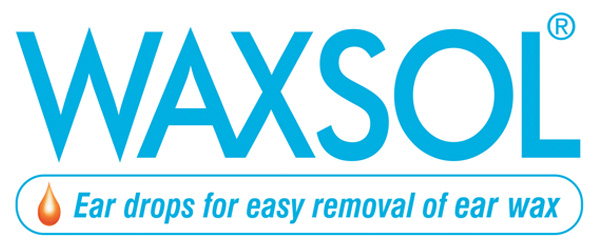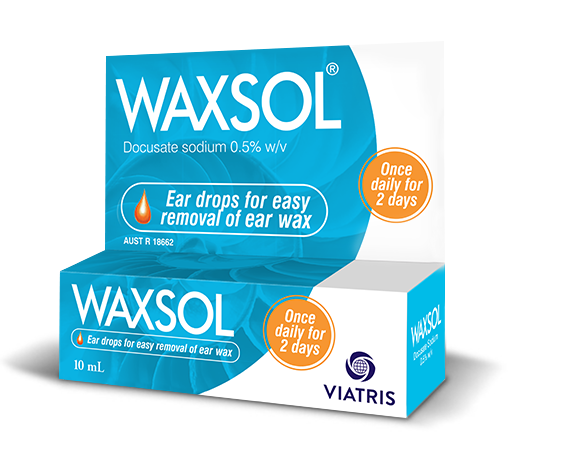Read on to ‘ear’ all there is to know about ear wax.
What is Ear Wax?
Ear wax or cerumen as it’s known by its medical name, is not so much wax as a concoction of dry skin cells, hair fibres, fatty acids and sweat secretions produced in the outer area of our ear canal.1-3
Why Do We Have Ear Wax?
While many of us consider ear wax to be quite disgusting, slightly embarrassing and fairly pointless, it actually serves a very important purpose. Ear wax is produced so that it creates a shield to block the entry of dust particles, germs and bacteria from getting into the ear canal and creating infections. It also helps to keep our ears lubricated so they don’t feel dry and itchy.1,2,6
Our ears tend to be ‘self-cleaning’ so when ear wax has done its job, it dries up and drops out naturally, helped along by the movements we make as we eat or talk.4,6
Do Some People Have More Ear Wax Than Others?
Most people’s ears do a good job in producing just the right amount of ear wax through a conveyer belt kind of system which sees old wax falling out naturally to make room for new wax.
However, some people are more prone to an excessive production or accumulation of ear wax, such as:
- Elderly people, as ear wax becomes drier with age
- People with narrow ear canals
- People with hairy ear canals
- Those who wear hearing aids or regularly use earphones or ear plugs, as this inhibits old wax from falling out7
- People who insert fingers or objects like cotton tips into ears to clean them, as this often pushes wax further inwards, up against the ear drum8
- People who work in dirty or dusty environments, as the ear tends to produce more wax to keep the nasty particles out
- Those with scalp or skin conditions1
References
1. Guest, J.F., Greener, M.J., Robinson, A.C. and Smith, A.F., 2004. ‘Impacted cerumen: composition, production, epidemiology and management’. QJM: An International Journal of Medicine, vol. 97, no. 8, pp.477-488.
2. Chang, C 2021, ‘Types of Earwax’, Fauquier ENT Consultants, viewed March 2022, http://www.fauquierent.net/earwax.htm
3. Henreich, M 2017, ‘2 different types of earwax’, Earwax MD.
4. Toffelmire, A, n.d., ’10 facts about earwax’, Medbroadcast, viewed March 2022, http://www.medbroadcast.com/channel/ear-health/ear-health-overview/10-facts-about-earwax
5. Engelhaupt, E 2014, ‘What your earwax says about your ancestry’, Science News, viewed March 2022, https://www.sciencenews.org/blog/gory-details/what-your-earwax-says-about-your-ancestry
6. Better Health Channel 2021, Ear wax, viewed March 2022, https://www.betterhealth.vic.gov.au/health/conditionsandtreatments/ear-wax
7. National Health Service, United Kingdom 2015, Earwax build-up, viewed March 2022, https://www.nhs.uk/conditions/earwax-build-up/
8. Adegbiji, WA, Alabi, BS, Olajuyin, OA, Nwawolo CC 2014, ‘Earwax Impaction: Symptoms, Predisposing Factors and Perception among Nigerians’, Journal of Family Medicine and Primary Care, vol. 3, no. 4, pp. 379-382, 10.4103/2249-4863.148116
SYMPTOMS OF EAR WAX
Symptoms of ear wax build up include temporary hearing loss, ear ache or pain…
Find out moreHOW TO USE WAXSOL
Just two applications of Waxsol may be enough to soften and safely remove ear wax, without the need for ear syringing.
Find out how


